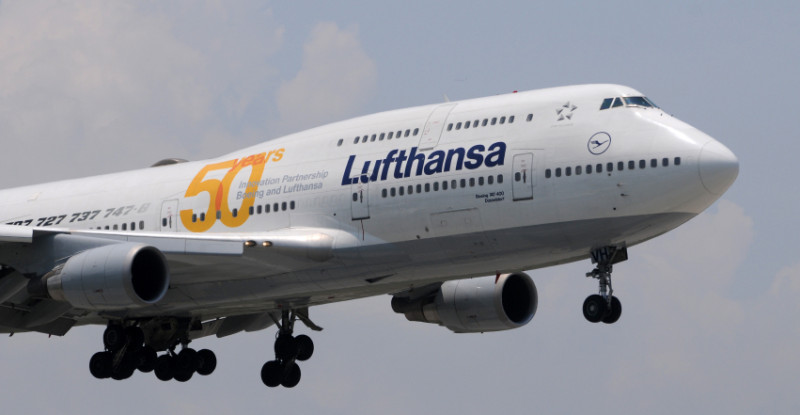New York :
When an airline executive proudly announces, “It’s better to get a heart attack on Lufthansa than any other place,” you know right away she has a different perspective and isn’t ready to dismiss the profit-making potential of the airline’s medical and health division.
While sun and fun is nice and business travel is rebounding from the global economic downturn, medical tourism is growing by 15-20 percent a year according to PatientsBeyondBorders.com.
Stefanie del Signore, manager of Lufthansa’s leisure, medical and health division knows that better than most. She spends her time traveling the world, demonstrating a menu of health-related special services offered by the German carrier. From 18 different ingredient-restricted meals and supplemental oxygen to larger seats and flexible tickets for people traveling to or from medical treatments, del Signore is touting medical companions, physician services, a stretcher in a curtained off area or even a full and private onboard ICU.
You read that right. With 48 hours notice and for between 32,000 to 68,000 euros, Lufthansa can install what it calls its Patient Transport Compartment (PTC) in the center of some of its widebody Boeing 747-400s and Airbus A340s. Here, ill or recuperating travelers, their doctor and a medically trained escort have the equivalent of an intensive care unit for the duration of the flight.
“Lufthansa is the only airline offering this service, it’s like a hospital in the air,” del Signore, said of the PTC which is complete with high tech gadgets and monitors. Developed by Lufthansa Technik, the unit and seating meets regulatory crashworthiness standards even with a traveler in a lie-flat position and unconscious.
“The bulk of our business is coming from Arabic and Russian countries,” del Signore told me. Still, of all the medical products Lufthansa offers, the PTC is the least used. More common is the stretcher that can be ordered with 48 hours advance notice, and is placed in an area of about 8 seats in the back of the economy section. One need not be rich or suffering from some exotic illness to need it. In fact, a number of elderly cruise customers having injured themselves at sea have paid about 18,000 euros to fly prone from Miami to Frankfurt.
“Sometimes people do risky sports outside during holidays, para gliders, motorcycles and they have serious accidents,” said Dr. Raoul Breitkreutz, the airline’s Medical Director. Lufthansa used the stretchers to evacuate 3,600 Germans in need of medical care following a tsunami in December 2004, an operation that took four days and one that Dr. Breitkreutz called the most difficult of his career at the airline.
Most of Lufthansa’s customers are taking advantage of the less sophisticated medical paraphernalia, including a 24-hour call center staffed by medical professionals, oxygen on board and access for people with limited mental or physical abilities. But it is the Technik-designed specialized stretcher and flying ICU that took millions of dollars in development money that show great promise. Dr. Breitkreutz points out that because big airliners can fly long distances without refueling, flying a patient on an airliner is a faster alternative to transport by private jet.
Several of the PTCs have been sold to the US military, 12 are on Army Lockheed C-130 Hercules aircraft, Dr. Breitkreutz said. A few have been installed on the airplanes of private citizens in the Middle East.
There are rumors that both Gulf carriers, Etihad and Emirates have been working on their own version though neither airline responded to questions on this subject.
“This is the heart of our medical product because we are the only airline that shows to the public we are really unique and we really care,” del Signore told me enthusiastically at the end of a meeting explaining it all to slack-jawed reporters. Here is where, from del Signore’s perspective, medical travel can do its part to resuscitate Lufthansa’s bottom line.
source: http://www.runawaygirlnetwork.com / RunAwaygirlNetwork / Home / by Christine Negroni / New York


